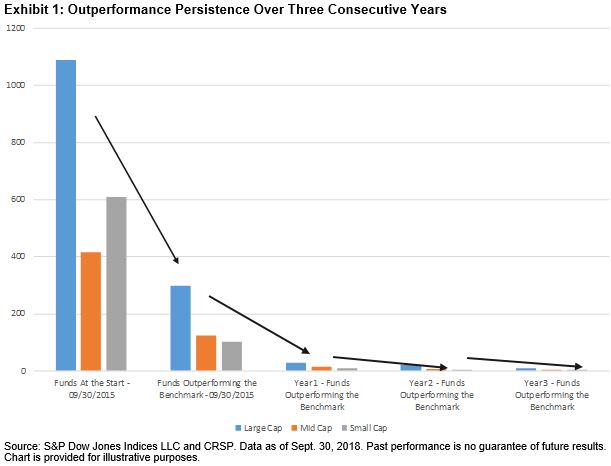The S&P 500 finished Q1 2019 up 13.07%. This was the best first quarter return since the 13.53% posted in Q1 1998. January’s 7.87% return was the best start to the year since 1987 (13.18%). The hot start cooled some with the 10th-best February since 1987, at 2.97%. In March, the upward momentum slowed further, posting a 1.79% return, making it the 15th-best March since 1987. Overall, 32 of the 42 segments of the U.S. equity market had lower consecutive returns from January to February and then February to March.
To begin the month, on March 1, the S&P 500 closed above 2,800 for the first time since Nov. 8, 2018. Throughout March, the S&P 500 challenged the 2,800 resistance level multiple times. It closed at 2,854.88 on March 21, which was the highest point since the index closed at 2,880.34 on Oct. 9, 2018. The S&P 500 hovered around 2,800 as the market awaited new developments in the U.S.-China trade talks and the Federal Reserve’s outlook dimmed. Fears of slowing growth also factored into decelerating the upward momentum.

As was the case in 2019, the S&P 500 posted positive returns during all three months of the first quarter on eight other occasions over the past 30 years, most recently at the start of 2013. April was also positive six of those eight times. In every year that the first three months were all positive, the S&P 500 not only ended the year positive, but also ended higher than the Q1 index level.


The S&P MidCap 400® (-0.74%) and S&P SmallCap 600® (-3.53%) were both negative for the month of March. Thirty-three of 42 segments of the U.S. equity market had lower returns in March than in February, but only 19 were negative. Nine of 11 large-cap sectors were positive, compared to 6 of 11 mid-cap and only 4 of 11 small-cap sectors. Information Technology was the best-performing large-cap sector, with a 4.75% return in March, but it was the seventh-best sector in both the mid- and small-cap segments. Financials was the worst-performing sector in all three size segments. Additionally, growth outperformed value for the third consecutive month.
















